Processed Food Monitoring and Reformulation
We have implemented a standardized European monitoring system to follow the reformulations in processed food in 18 European countries.
We monitored 5 food groups that are primarily consumed by children across Europe: bread products, breakfast cereals, delicatessen meats, dairy products, and soft drinks, covering over 40,000 products so far.
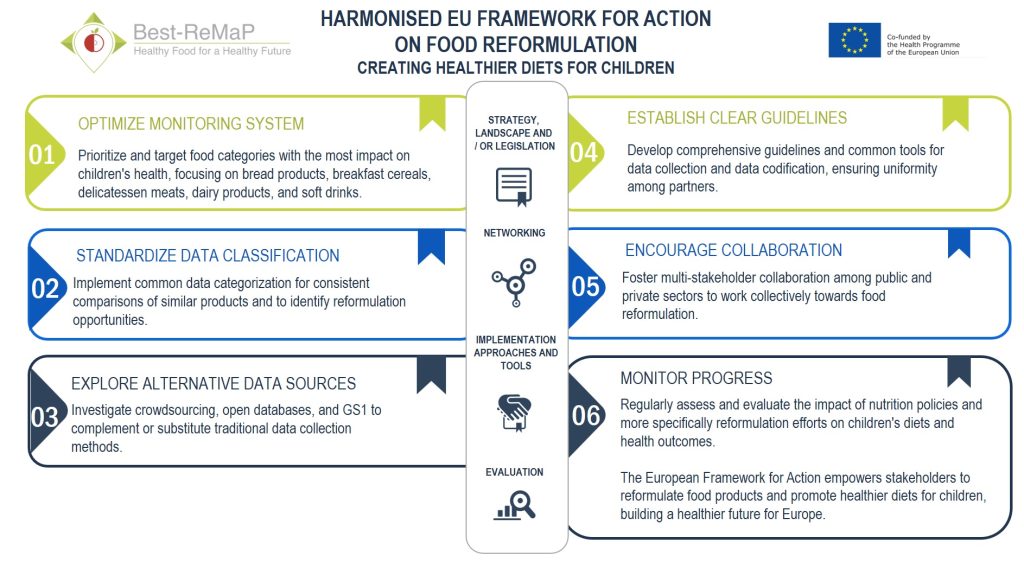
Scaling up food monitoring in Europe
1. Guidelines on processed food supply and reformulation monitoring
Based on food group prioritization, five processed food categories were selected for monitoring: bread products, breakfast cereals, delicatessen meats, dairy products, and soft drinks. These food categories were selected because of their major contribution to the nutrient intake of children and adolescents in Europe (fat, saturated fat, sugar, salt). Alternative sources of data (crowdsourcing, open databases, GS1) and new technologies were explored.
Technical guidelines were developed for monitoring the processed food supply and reformulation, following the Oqali model – see below. See the report here.
2. Snapshots of available food products
A first collection and standardization of the nutritional information (i.e. composition, ingredients and portion size) of processed foods, provided on food labels with the European Regulation N°1169/2011 was performed in 4 countries in the EU.
Using the same methodology, a second snapshot was performed for 14 countries in order to analyse trends by comparing data collected during the project with preexisting data.
3. European branded food database
A sustainable European system will be hosted by the EC Joint Research Center. (This European database is foreseen in October 2023.) The database will allow comparisons and encourage the improvement of nutritional quality in the European food supply.
4. Promotion of food reformulation
The nutritional quality evolution was evaluated for some countries participating in the Joint Action. The impact of processed food reformulation on nutrient intakes was assessed for some countries by using the nutritional composition data available with a focus on children. European comparisons were also made, and the relevant report (Report D5.3) is foreseen for September 2023.
Why food monitoring is key to healthy nutrition of children
What we eat has an enormous impact on our health. Activities aimed at re-designing food products into healthier alternatives (so-called food reformulation) are among the key strategies in improving diet in children.
Monitoring the processed food supply at the national level, facilitates the monitoring of food offerings and nutritional content, while also identifying opportunities for improving the formulation and reformulation of food products that are produced, sold, and consumed.
Our activities
- shared and promoted best practices on how to implement a sustainable European monitoring system for processed food reformulation;
- provided data for identifying best formulations and room for reformulation;
- provided data to establish, evaluate and adapt nutrition policies.

What is food reformulation?
Food reformulation is defined as the process of altering a food or beverage product’s recipe or composition with the objective of making it healthier. The concept of food reformulation was initially based on targeting specific food ingredients, which are considered harmful for human health such as sugar, salt and saturated fat. Read more
The Oqali model
The Oqali project has been set up in 2008 by the ministries in charge of agriculture, health and consumption with the aims of monitoring changes in the processed food supply available on the French market by measuring nutritional quality evolution over time (nutritional composition and food label information). Oqali builds on several labelling indicators such as health claims, nutritional claims, serving size and nutrient content. Read more
The JANPA joint action
The JANPA Joint Action (2015-2017) implemented a pilot study in 2 EU countries to test the Oqali model at European level. It has demonstrated that Oqali can be easily deployed in Europe.
The EUREMO study
The EUREMO study (2019-2022) is funded by the European Commission and running in 15 EU Member States. EUREMO has two main tasks: 1) to deliver an interoperable dataset of nutritional information on processed food; and 2) to organize workshops and twinning actions, as well as to provide technical support for the participating countries.
Our knowledge-base

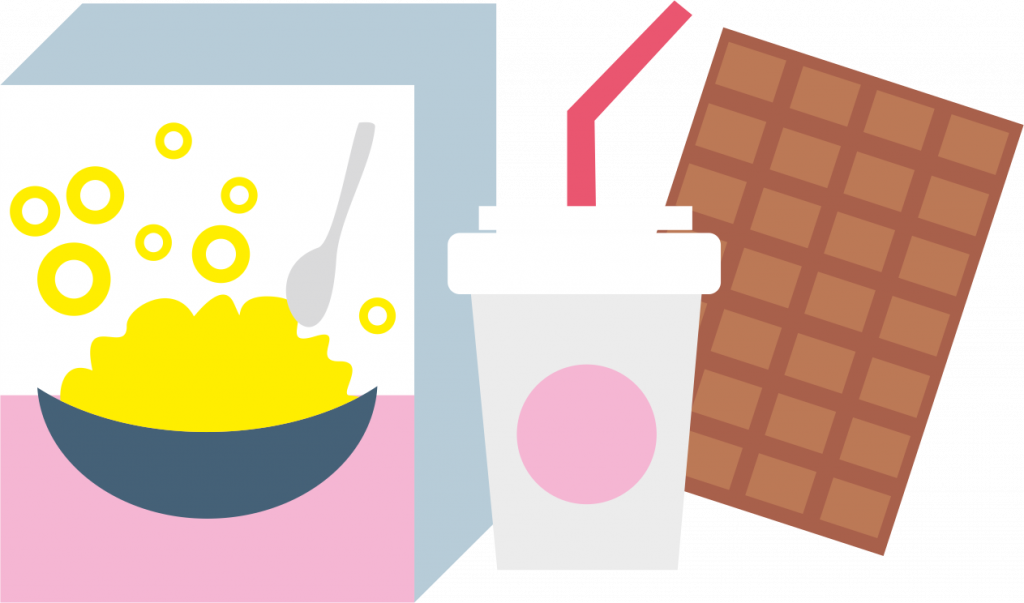
The objective of this paper is to give a detailed analysis of the monitoring of the ready-to-eat breakfast cereals sector in order to show the benefits of the Oqali database. Results showed a large variability in nutrient content throughout the sector, both within and between product categories. Read more
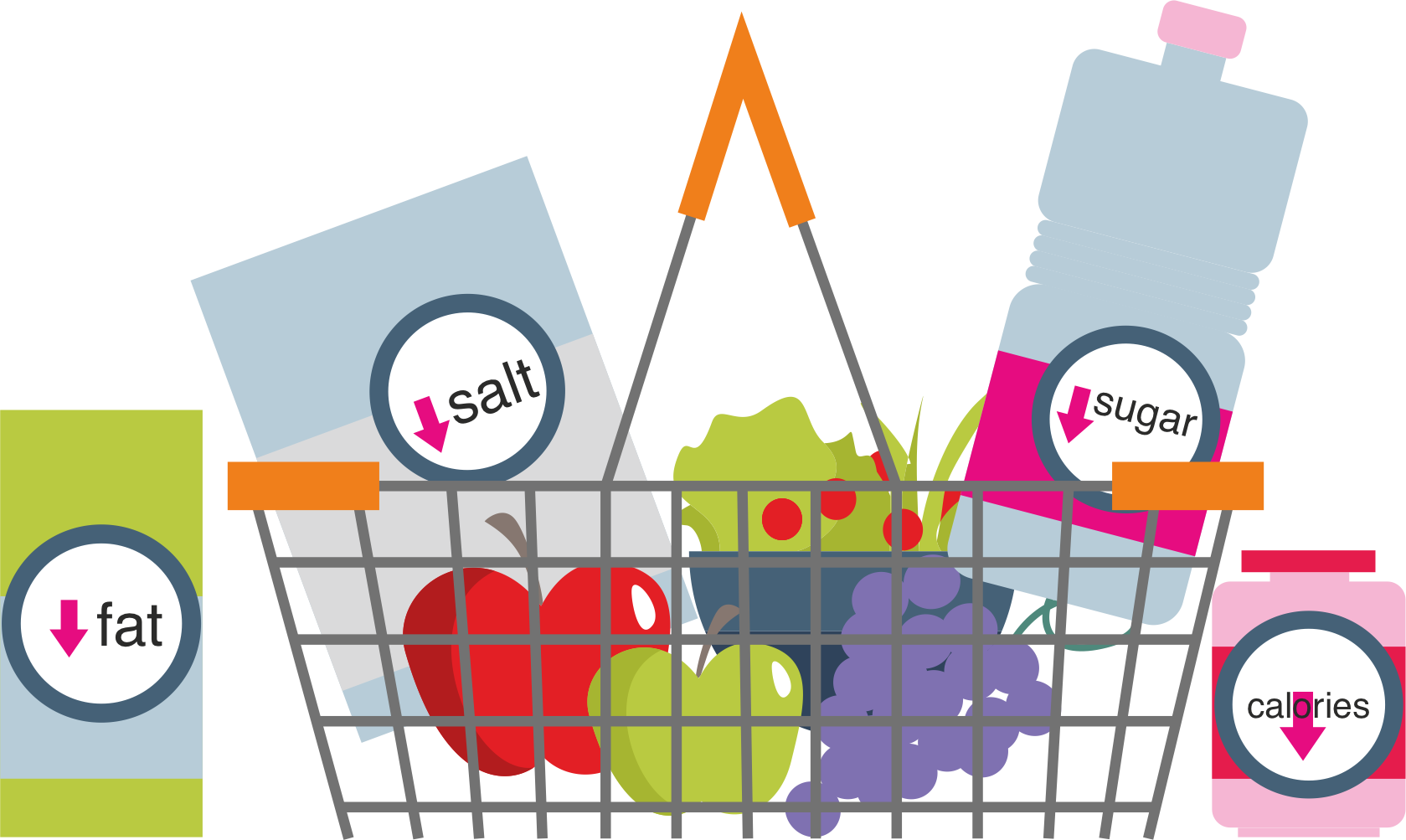
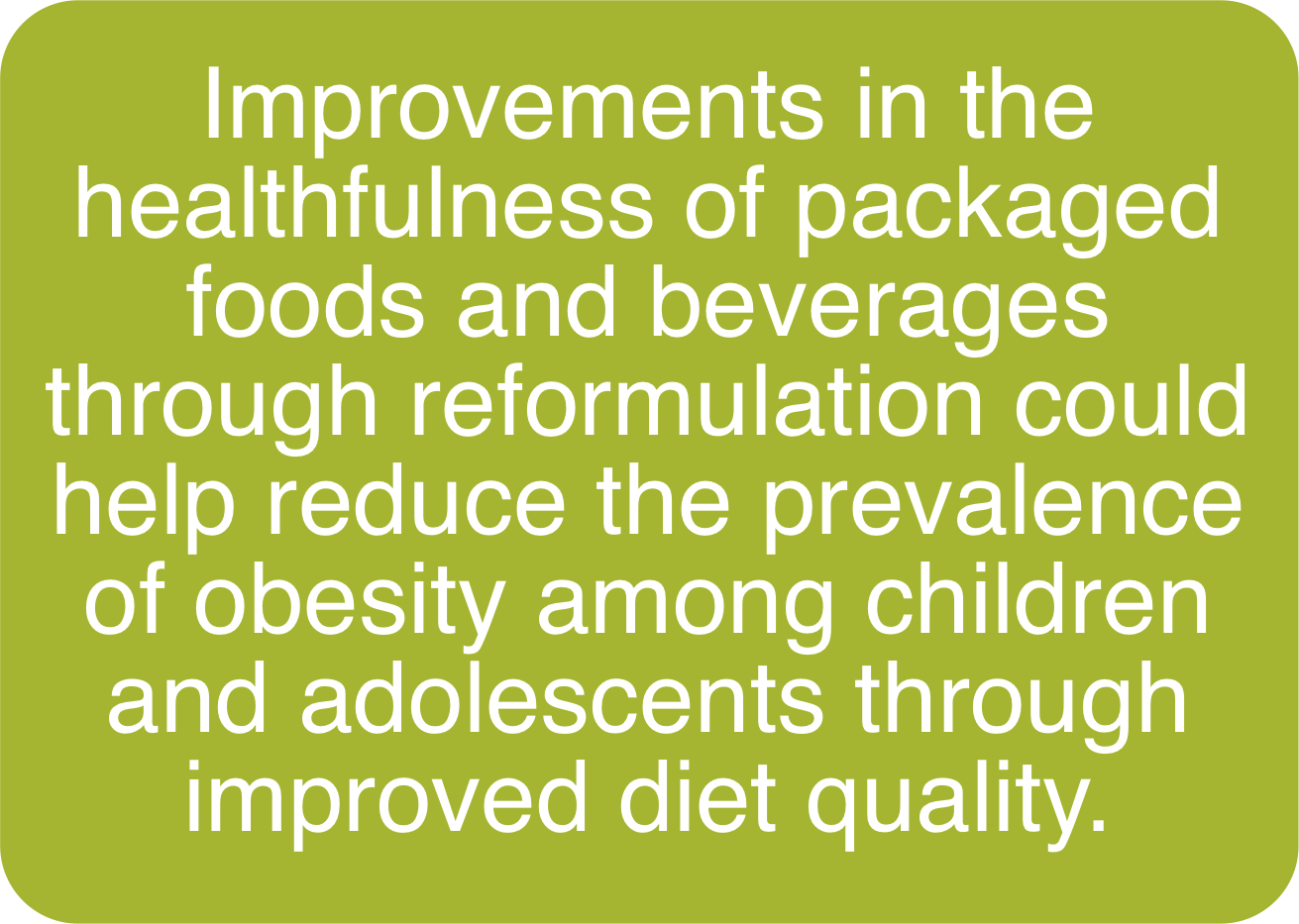
The first aim of Oqali is to develop indicators on nutritional variability and on the quantity and quality of labelling parameters, by food sector and possibly by type of brands. These indicators could be weighted by market shares, so as to reflect the nutritional impact of the most frequently sold processed foods. The second aim is to follow up trends and possible changes over time. Read more
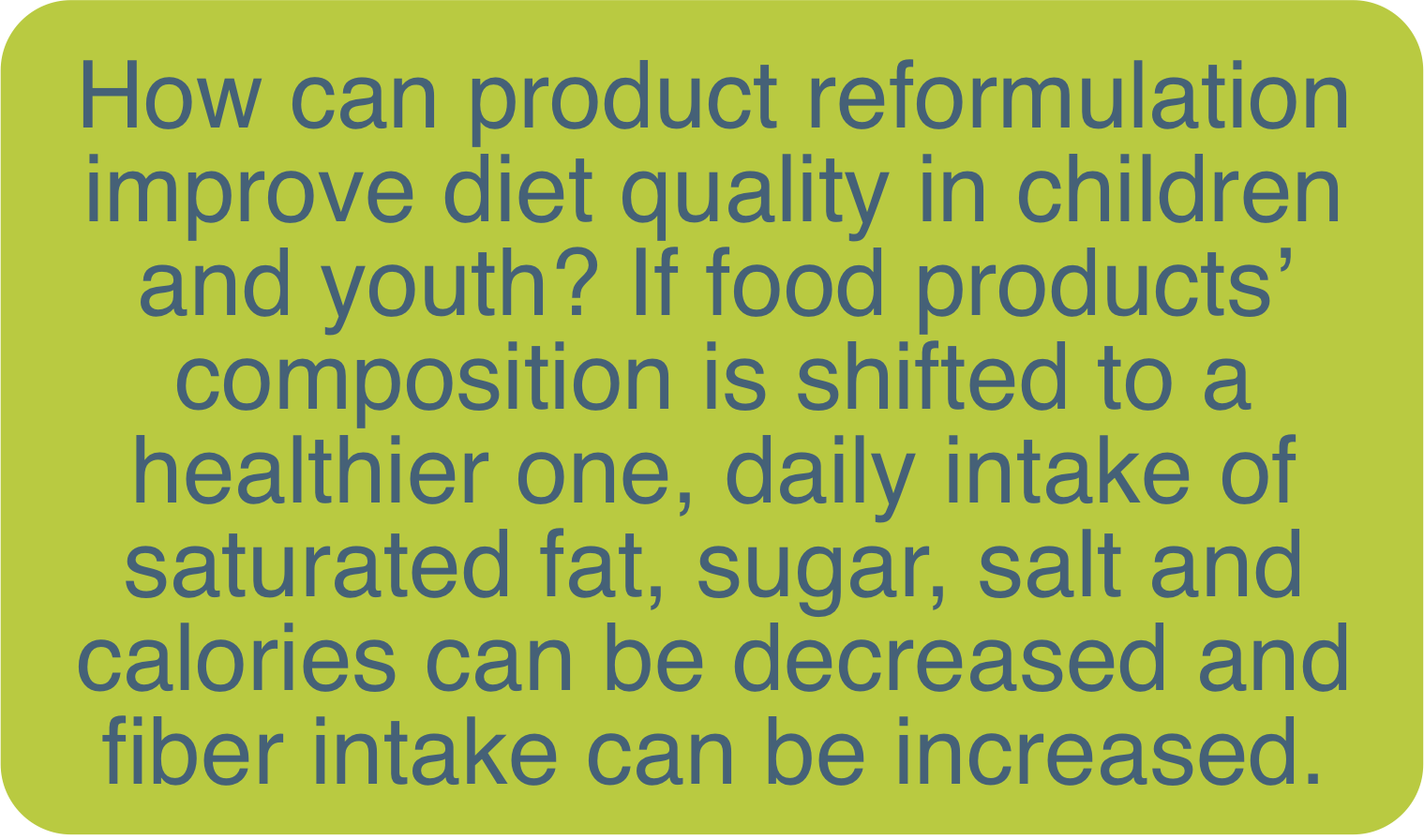
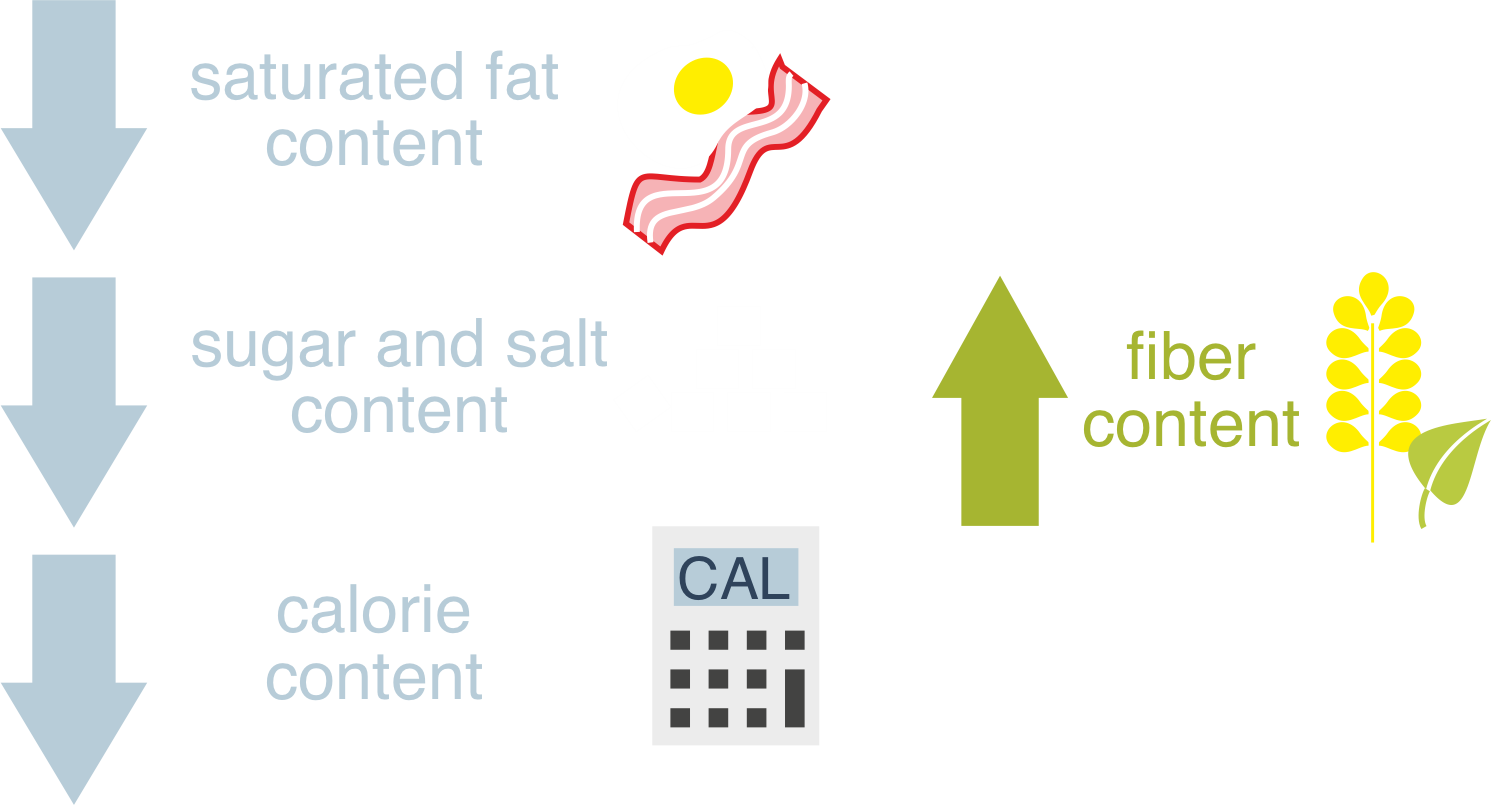
This study aimed to quantify the contribution of food reformulation to changes in the nutritional quality of consumers’ food purchases, and compare it with the impact of substitutions made by consumers. Product reformulation initiatives have improved existing products for most food group-nutrient pairs. In particular, the contribution of food reformulation to the change in nutritional quality of food purchases was strong in potato chips and breakfast cereals. Consumers’ substitutions between food items were not generally associated to an improvement in the nutritional quality of the food purchases. Policies aiming to promote food reformulation may have greater impact than those promoting changes in consumer behavior. Read more
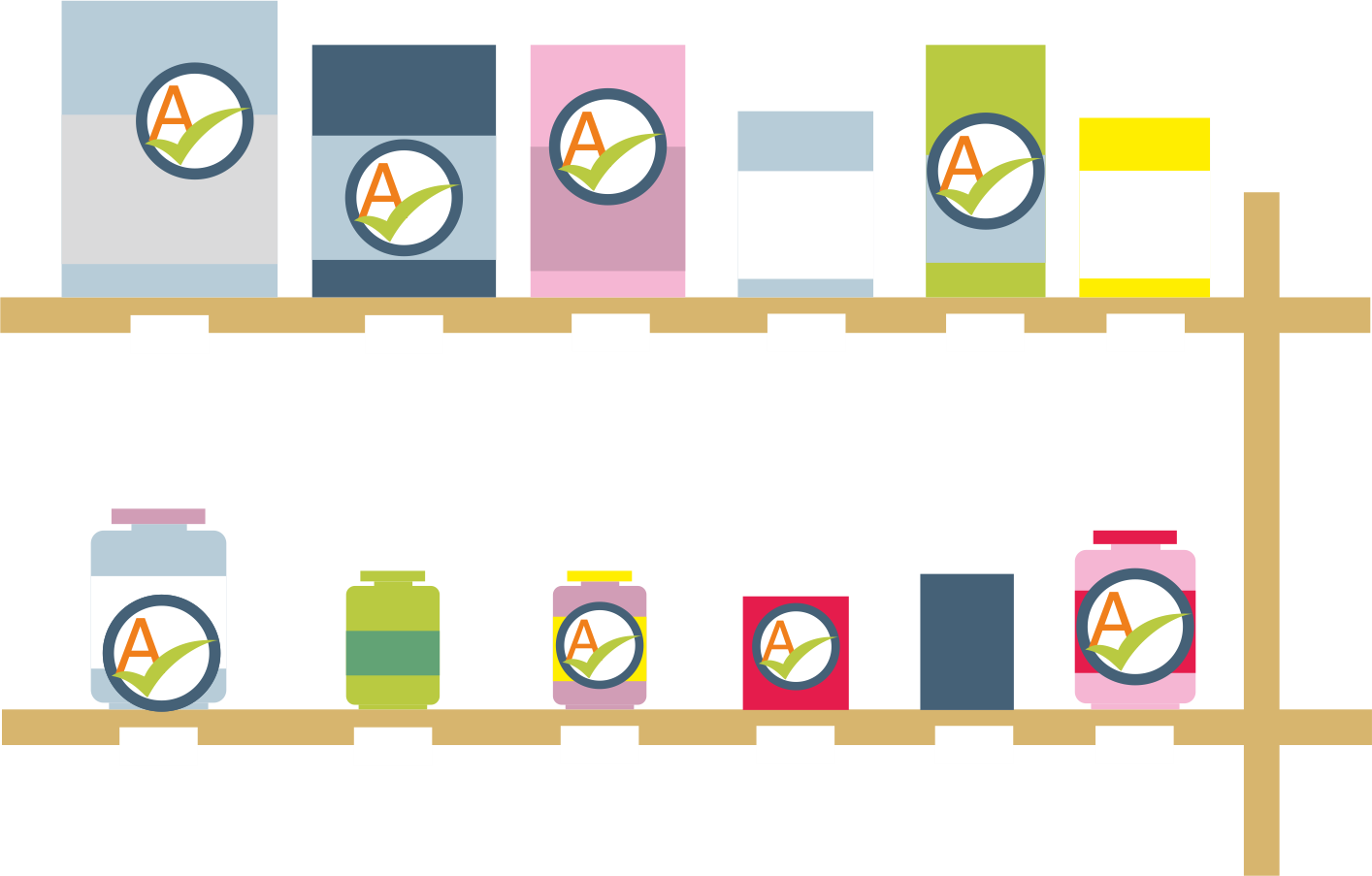
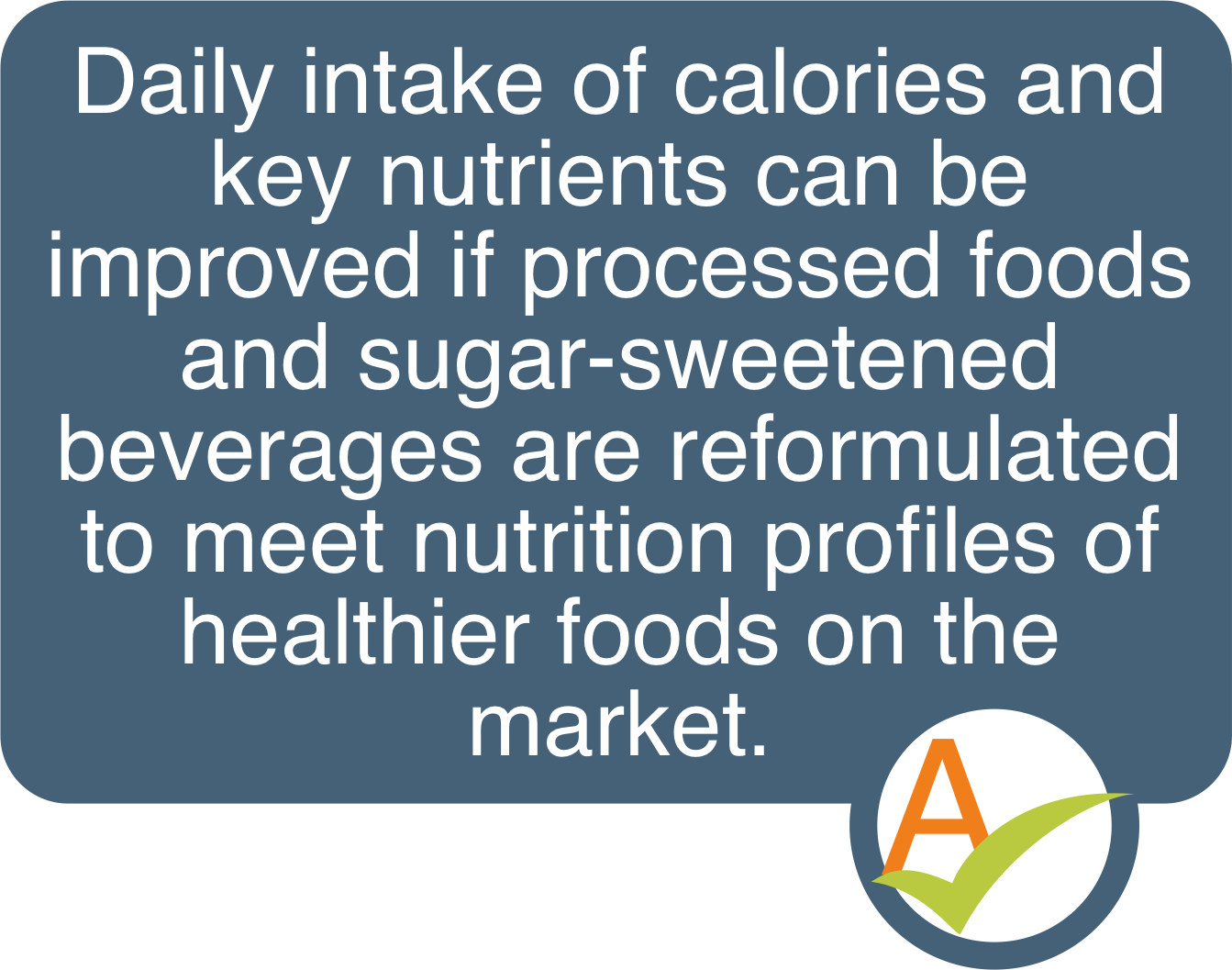
Nutritional composition and health claims on the 1646 most consumed dairy products in France were analyzed. Nutrient contents of the cheaper brands of dairy products did not vary systematically from more expensive ones. However, national brands and retailer brands products provided more nutrition information on labels than the cheaper ones. Read more


16,081 products from 24 food groups were assessed between 2008 and 2011 based on the nutritional data provided on the labels of processed foods (nutritional information and composition), at the branded level, in order to monitor changes in food composition (including reformulation) and nutritional labelling over time. Read more


The content of this website represents the views of the author only and is his/her sole responsibility; it cannot be considered to reflect the views of the European Commission and/or the European Health and Digital Executive Agency (HaDEA) or any other body of the European Union. The European Commission and the Agency do not accept any responsibility for use that may be made of the information it contains.

